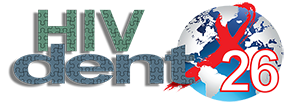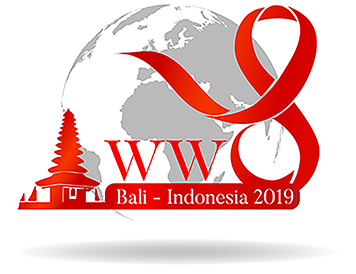|
Ani Melani Maskoen1, Irna Sufiawati2, Eky S. Soeria Soemantri,3
Department of Biology, Faculty of Dentistry, Universitas Padjadjaran, Indonesia
Department of Oral Medicine, Faculty of Dentistry, Universitas Padjadjaran, Indonesia
Department of Orthodontics, Faculty of Dentistry, Universitas Padjadjaran, Indonesia
Abstract
Objectives: Human immunodeficiency virus (HIV)-infected pregnant women use antiretroviral (ARV) therapy to prevent mother-to-child transmission of HIV. However, ARV has been implicated as a possible aetiological factor of birth defects, such as non-syndromic cleft lip-palate (NS CLP). Both genetic and/or environmental factors have been known in the etiopathogenesis of CLP but the role of in-utero exposure to HIV and ARV remains unclear. We present here a case report on the detection of the Interferon Regulatory Factor 6 (IRF6) and Transforming Growth Factor alpha (TGFA) BamHI and Rsa1 gene variants that has been associated with CLP risk in an HIV- exposed newborn of mother on ART.
Methods/Case management: A female baby was born to a 29-year-old HIV-infected woman treated with a long-term ART in Hasan Sadikin General Hospital, West Java, Indonesia. On physical examination, the baby had a unilateral cleft lip and palate. She had a positive family history for CLP. Genomic DNA was extracted from the blood, and genetic variations of IRF6 rs2235371 (G>A) and TGFA BamHI (rs11466297, A>C) and RsaI (rs3732248, C>T) were performed by PCR-RFLP and PCR-Sequencing. Genotyping of DNA sequence variants in the IRF6 gene showed both parents had genotype GA, while the child had genotype GG (genotype wild type/normal). There is no difference observed the TGFA BamHI gene variant between the child and her mother and father that are wild type polymorphisms (normal), while the Rsa1 polymorphisms of them are heterozygotes.
Conclusion: Genetic variant of IRF6 might provide a protective factor for NS CLP, while Rsa1 gene variant (A allele) can be considered to be the risk factor associated with NS CLP development. This case report also highlights the possible etiologic role of ART to CLP, therefore early control on adverse effects of ART might be an important factor in decreasing the incidence of the congenital anomaly.
Keywords: Cleft lip-palate, HIV, IRF6 gene, TGFA gene |



